Atlas Fallen is the newest release from Deck13 - the team behind Lords of the Fallen and the Surge series – and, whilst it was initially released in 2023 to mixed reviews, this free update to the Reign of Sand edition aims to fix some key issues that affected the initial release, namely:
- An expanded world
- New enemies and challenges
- Revamped progression
- New quests
- Reworked voice acting
- Additional difficulty mode and a New Game+ mode
I didn’t cover the initial release and so can’t really do direct comparisons; and so I’ll review the Reign of Sand version of Atlas Fallen completely on its own merits.
The game begins as we are introduced to the main character - an ‘Unnamed’, these are effectively slaves being taken across a harsh, desert world plagued by ‘Wraiths’, monsters that appear from the sands and attack all passers-by. These Wraiths have recently become more brutal and vicious, leading everyone to think that a calamity is coming…
Pretty soon after the game introduction, the Unnamed hears a voice calling him into the whipping sands and discovers a gauntlet that bequeaths him sand-related powers and skills, accompanied by a ghostly voice calling itself Nyaal. The Unnamed then sets off on a rescue mission for Tracker, the spiritual leader of the Unnamed, but must unlock the full powers of the gauntlet as he does so, all the while learning more about Nyaal, and the history of this cursed planet.
It's been a long while since I played an open-world game set in such beautiful desolation, the world of the Unnamed is full of broken structures, collapsed ruins, towering rock formations, cavernous crevices, pockets of humanity – and buried secrets, lots and lots of buried secrets.
The world of Atlas Fallen is a pleasure to behold and traverse, with your character feeling swift and flighty, able to glide across the shifting sands, and make great leaps with classic manoeuvres such as air dash and double jump, there’s a real sense of kinetic movement as you make your way around the plains, and alongside the main quest line, there are various side quests to complete, some given by Nyaal, and others by the citizens of this broken world. The score by Helge Borgarts also fits the setting well with mournful, minimalist, ambient music accompanying you on your travels suddenly ramping up bombastically whenever combat kicks off. I didn’t find any melodies getting stuck in my head, or getting caught up in any themes, but sometimes a soundtrack that you don’t notice can be just as effective as an album so good that it stands alone, as it enriches the game almost sneakily, without being overbearing.
In terms of the combat, this is where things were a bit of a mixed bag for me. Naturally, melee combat is a huge part of the game, and whilst the weaponry, skills and unlockables (more on this later) on offer are initially exhilarating – I like how the weapons exist in corporeal forms temporarily during fight sequences, pulled into physical form by the powers of the gauntlet – but this is a very different style from the hefty weightiness of the combat type used in the Surge series, wherein each strike felt like a hammer-blow. Here, the combat is much nimbler, and the overall impact of combat sequences was lessened due to how incoming enemy attacks are shown onscreen. Say, for example you are surrounded by a mix of ground and air-based monsters, the visible enemies flash red before an attack, and you really have to be quick to catch these, you have a couple of ways you can thwart them, either by using your ‘Sandskin’ skill - which covers you in armour for a second - and allows an instant parry if successful, or you can roll / air dash out of range – either works well.
The issue though, is that, when the enemies are off-screen, arrows appear at the centre of the screen in a radial dial format, showing you which direction the enemies are whilst they are out of your periphery, and these flash red an instant before they attack. What this means is, you spend combat looking at arrows floating around in the middle of the screen, and it takes you out of the immediacy of what you are currently fighting, making it feel more like a slightly unfair QTE than a heated brawl. If a certain portion of the edge of the screen flashed instead, it would still give you an idea of the direction and intent of the enemy…but it wouldn’t draw your eye to these constantly rotating arrows, allowing you to focus entirely on what is happening in front of you. It’s a constant niggling issue when dealing with multiple enemies.
This is a shame, as some of the enemy designs are great, especially the more lumbering, towering ones, which need a right kicking. Also, if you are a fan of constant upgrades and tweaking, then rejoice! Because the game has quite an involved mechanic in the menus whereby you can add perks, idols, upgrades, and various skills that can be swapped out and combined etc. to shape your abilities – and weaknesses - to your personal preferences, most of which require items, relics and artefacts that can be picked up as you make your way around. It is satisfying when you get a tasty upgrade or an extra ability, and this does keep the fighting relatively fresh, although the very floaty air-combat and off-screen enemy QTE-style dial was problematic for me. It’s odd to be embroiled in visually impressive battles with well-designed enemies, wielding huge whips and hammers only to realise that your attention needs to be fully drawn to some tiny white arrows moving around in the middle of the screen.
There are other areas in which I noticed some hiccups, such as there being multiples of the same character model, on several occasions I bumped into dudes that were the exact replica of myself down to the hair and armour, which feels like it could have been avoided - and the dialogue text occasionally not quite matching up with what was spoken – although I enjoyed the voice acting, and found the tale of Nyaal and the gauntlet to be intriguing enough to keep me moving forwards, shooting off to complete some side quests en route.
Also, this game does NOT like ‘quick resume’ on the Xbox, as it causes some pretty major visual issues, such as entire floor spaces to be blacked out, and textures to be replaced by black and white squares, so it’s best to quit out and do a full restart instead of quick resuming. This will probably be patched out, but it was certainly an issue at the time of review.
Another nice touch is the ability to play though in two player co-op, online. It’s not a feature I used, as I like my RPGs solo, but a very cool touch, especially if you play on the tougher difficulties and need a hand in those dangerous wastes!
SUMMARY
A beautifully barren world with just enough to keep you busy without it feeling like busywork – a good balance – Atlas Fallen: Reign of Sand isn’t an overly lengthy tick box exercise as some open world games can be, but I found the story, traversal, accessibility, and myriad skills and unlockables to be highlights in lieu of the mostly standard combat.
I feel like this is a setting that hasn’t been overused in the genre, and the moroseness and weariness of the inhabitants of the world is a great contrast against the expansive, unforgiving plains and mercilessly beating sun.
Absolutely worth playing for fans of open-world adventures.


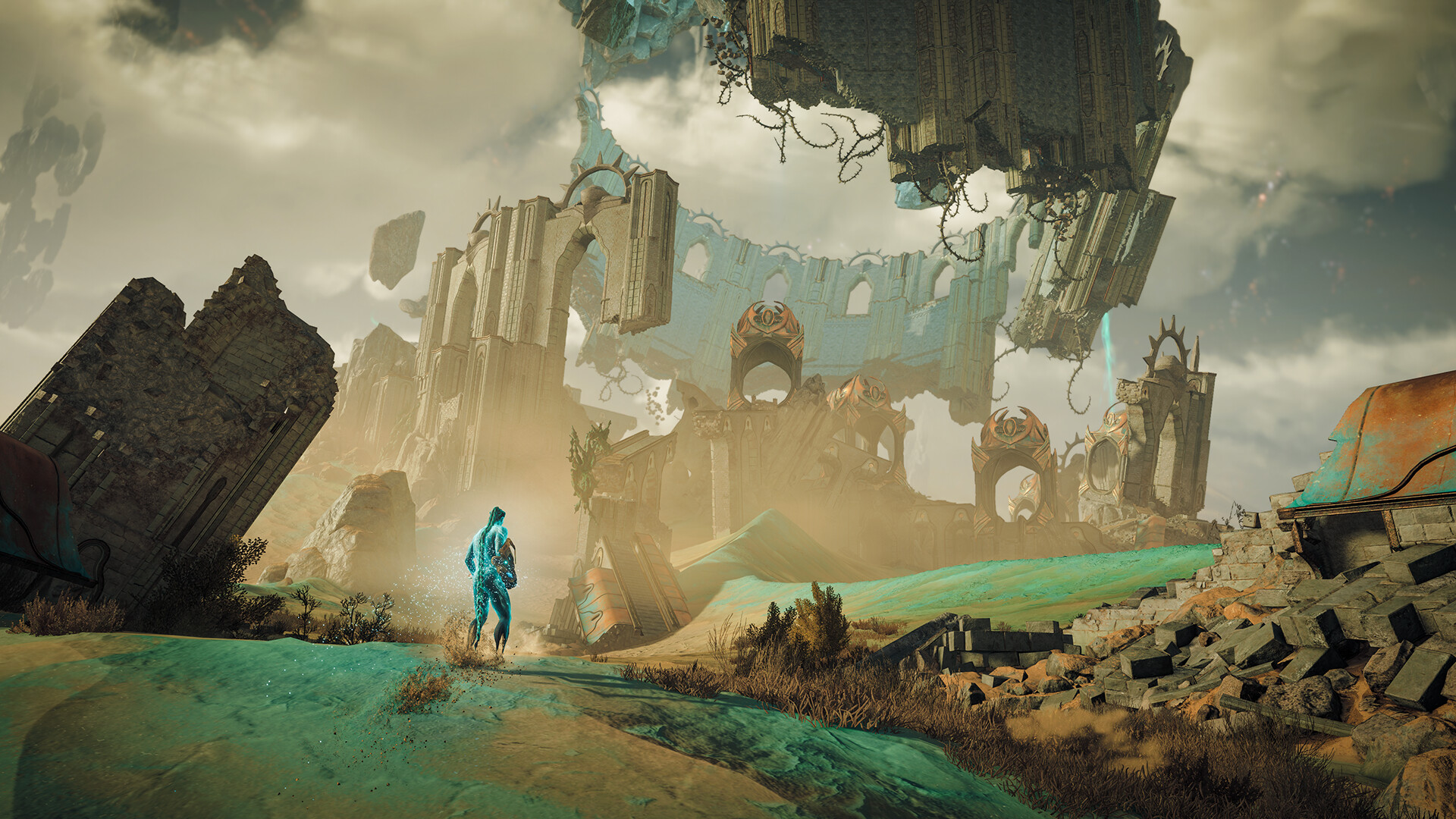
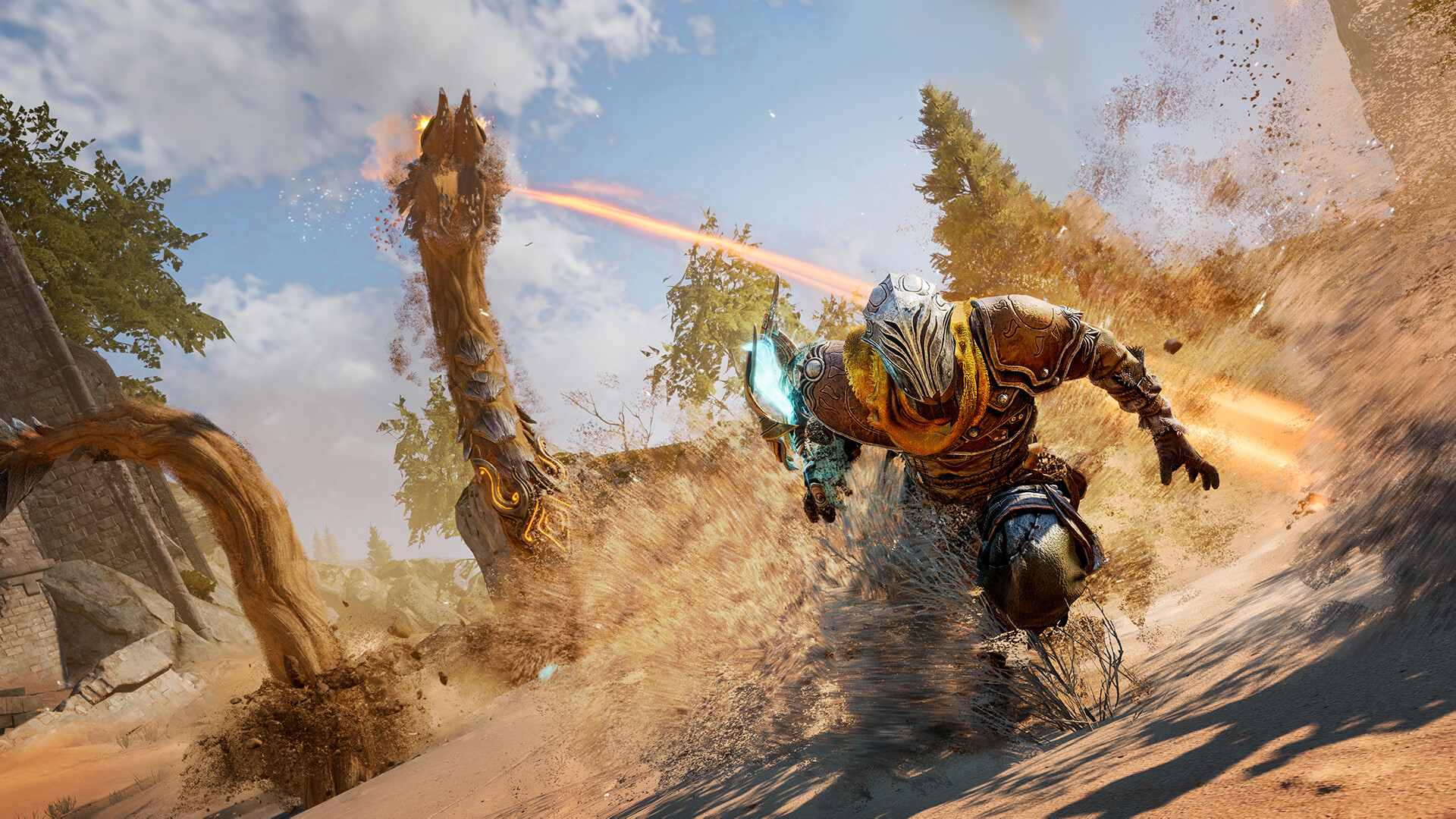
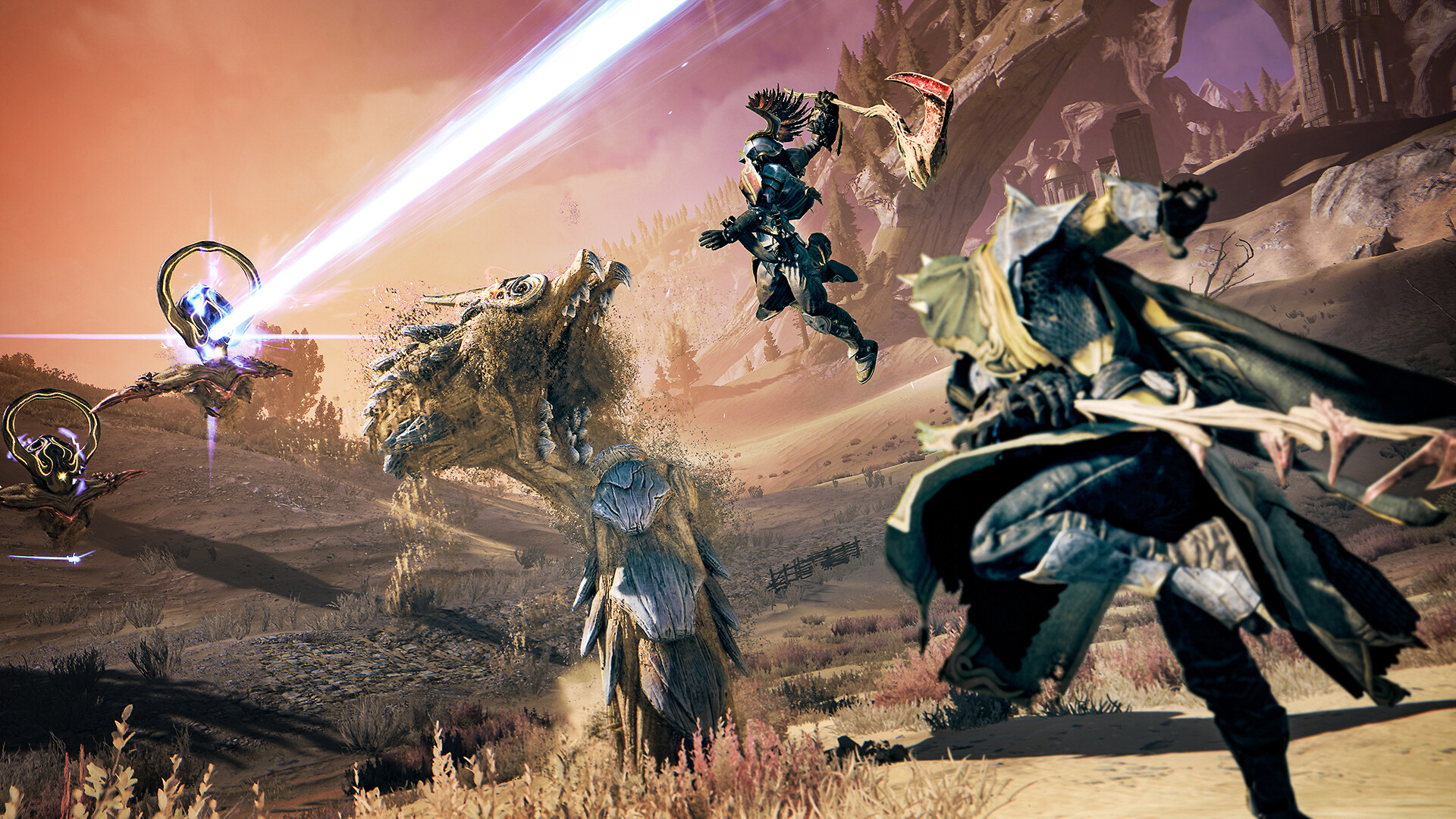
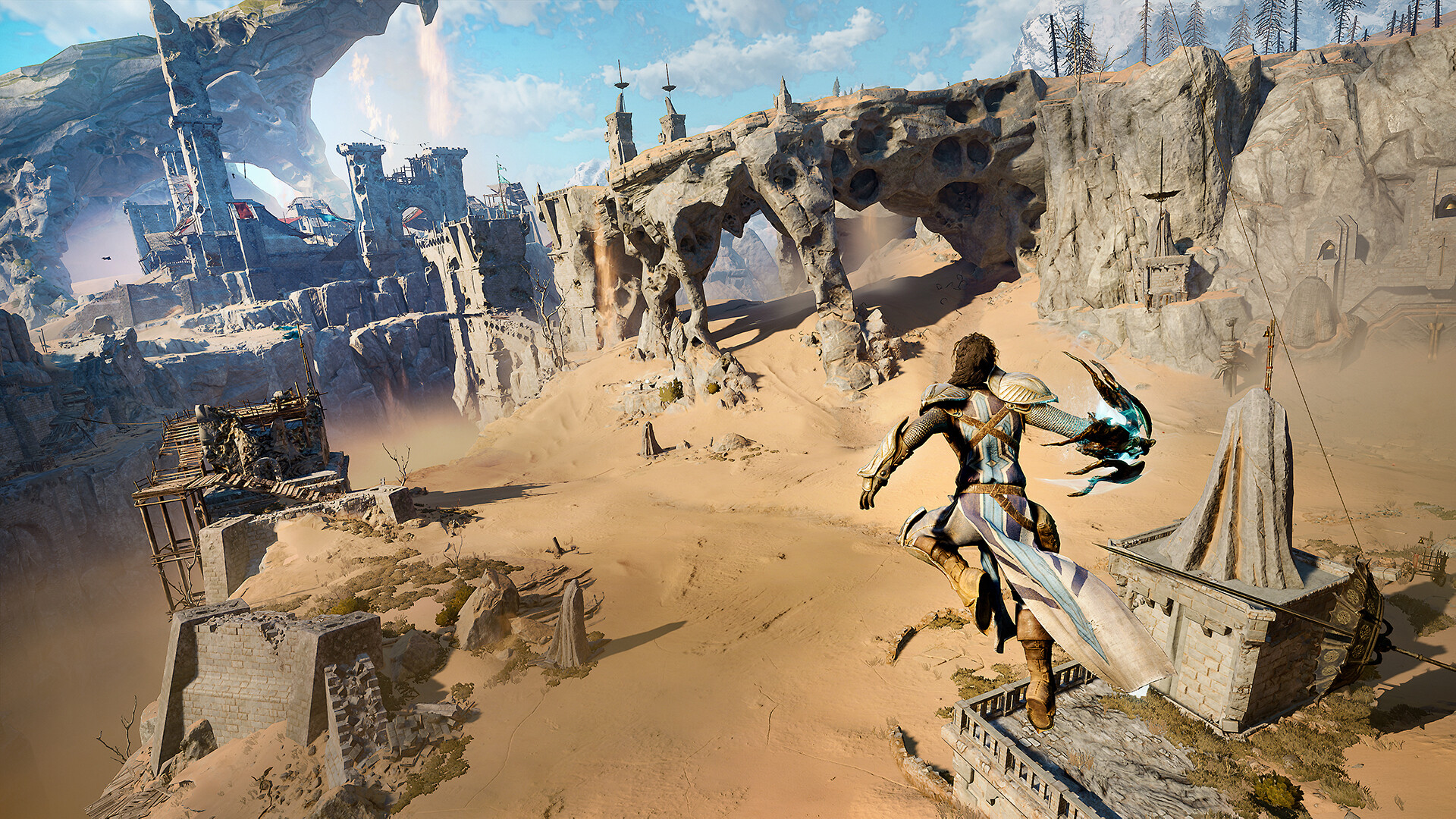
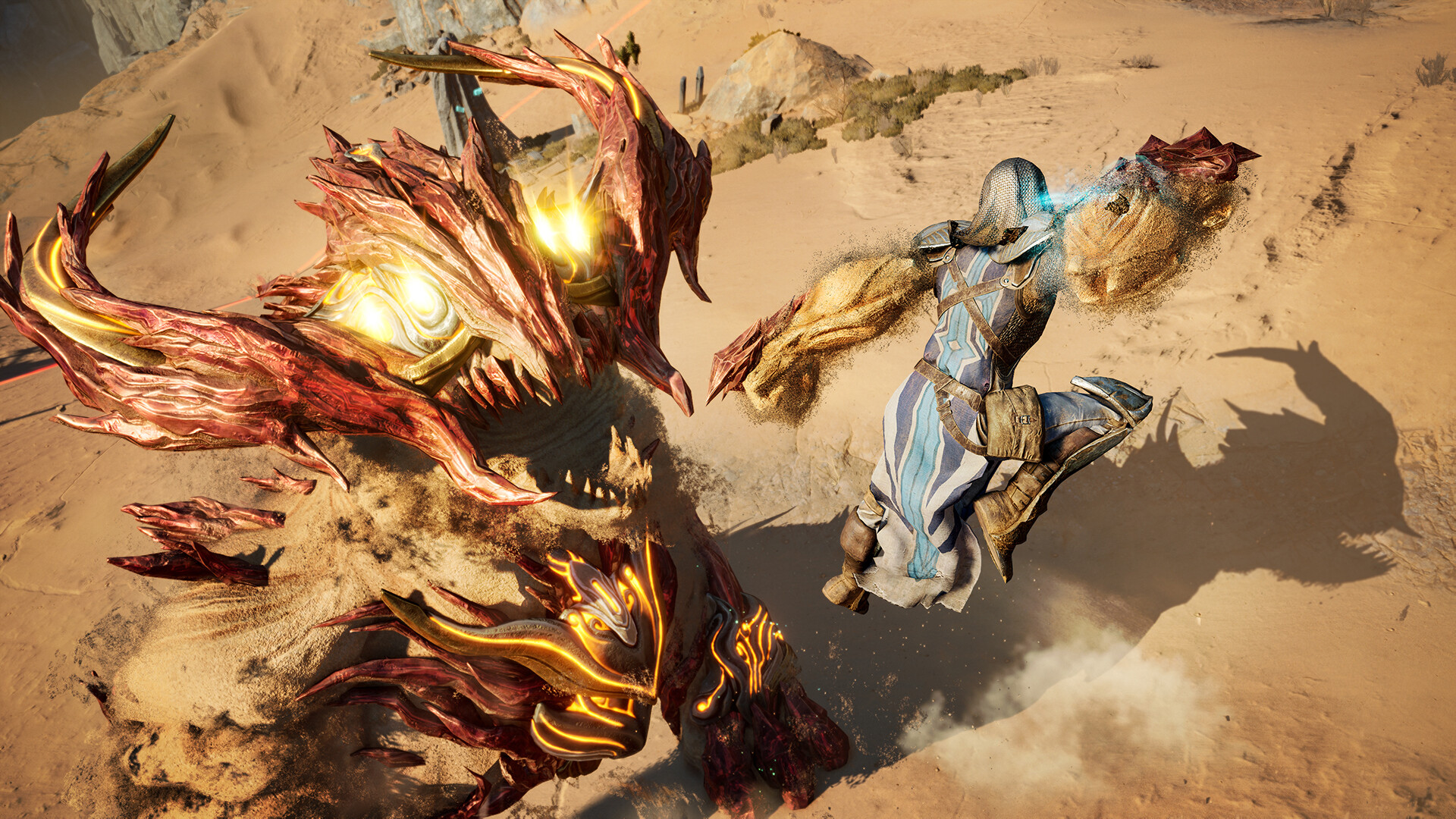

No comments:
Post a Comment
Like what you see in the Games Freezer?
Why not tell us what you think with a few well-chosen comments? :)
Note: only a member of this blog may post a comment.